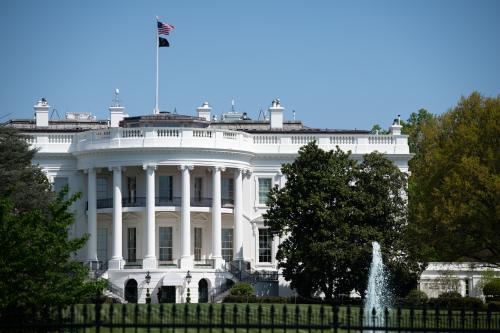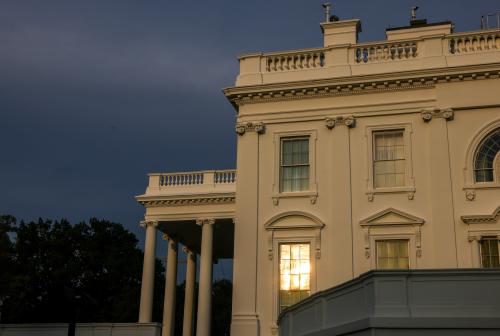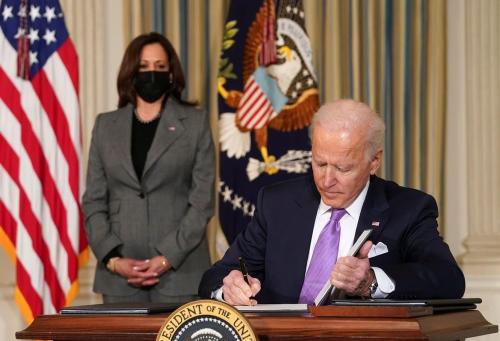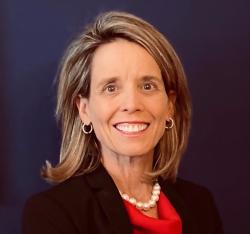Despite the truncated transition brought on by President Trump’s refusal to concede the election and Emily Murphy, administrator of the General Services Administration, also refusing to certify the transition for nearly three weeks—the delay has not affected the pace of President-elect Biden’s appointments. In fact, the Biden transition is well ahead of his seven predecessors. As of Jan. 7, the transition had publicly identified the top 15 Cabinet members. The completion of these highly visible appointments provides the opportunity to compare the relative diversity (in terms of race/ethnicity, gender, and age) of the Biden Cabinet to his six predecessors at the start of their administrations.
The importance of this exercise is highlighted by the president-elect’s pledge to create a Cabinet that looked like America. President-elect Biden stated, “I’m going to keep my commitment that the administration, both in the White House and outside in the Cabinet, is going to look like the country.” In addition, the pivotal role of Black voters in the South Carolina primary as well as the critical Georgia presidential and Senate races, has drawn a great deal of attention to President-elect Biden’s selection of Black appointees. Of course, there are numerous influential appointments across the executive branch and within the White House Office that remain. These 15 appointments are merely a highly visible subset of the nearly 1,200 Senate-confirmed positions that will be filled over the course of the Biden administration.
Methodology
The calculations below include only those Cabinet positions in the line of presidential succession. This is an important clarification because Cabinet size can vary as presidents pick and choose additional “Cabinet-level” members like the small business administrator, U.N. representative, Environmental Protection Agency administrator, and others. Limiting the analysis to only those Cabinet positions in the line of presidential succession provides more of an “apples to apples” comparison over time. Note that the total number of these positions has increased slightly—from 13 during the Reagan administration, bumping up to 14 with the addition of the Veterans Affairs Department for Presidents George H.W. Bush through George W. Bush, and climbing to the current total of 15 with the addition of the Department of Homeland Security. Given the variation, the findings are presented in percentage terms. Finally, the calculations assume that the 15 individuals whom President-elect Biden has announced will, in fact, be confirmed.
Minorities in the Cabinet
Although President-elect Biden expressed his desire to appoint a diverse Cabinet, the comparison to his six predecessors shows that he tied with President Obama in terms of non-white appointments, while President Clinton exceeded both on a percentage basis. It should be noted that in raw numbers, all three appointed six nonwhite members to their Cabinet. Like Biden, but roughly 27 years earlier, President-elect Bill Clinton pledged to create a government that looked like America and fulfilled this pledge through the appointments of Ron Brown (Commerce), Hazel O’Leary (Energy), Jesse Brown (Veterans Affairs), Michael Espy (Agriculture), Federico Pena (Transportation) and Henry Cisneros (Housing and Urban Development).
Amongst minorities represented in the U.S. Census categories, President-elect Biden appointed the highest number of Latinos (Xavier Becerra – Health and Human Services, Alejandro Mayorkas – Homeland Security and Miguel Cardona – Education) and one Native American (Deb Haaland).
Women in the Cabinet
President-elect Biden appointed more women to the incoming Cabinet than his six predecessors. They include five nominees: the historic appointment of Janet Yellen to the Treasury Department, the groundbreaking appointment of the first Native American, Deb Haaland, to Interior, Gina Raimondo to Commerce, Jennifer Granholm to Energy and Marcia Fudge to Housing and Urban Development. These appointments exceeded those of the Obama administration, which had the second highest number of female appointments—Kathleen Sebelius to Health and Human Services, Janet Napolitano to the Department of Homeland Security, Hilda Solis to the Labor Department and Hillary Clinton to the State Department. Though women have made great strides since Ronald Reagan was president, they still represent only one-third of Cabinet nominees.
Age
Generally speaking, Cabinet secretaries are typically selected after esteemed, long-established careers (political and otherwise), creating the expectation that they will most likely be over 50 years old. Going back to Reagan, the average age of incoming Cabinet secretaries was 57. The Biden group of nominees is just a bit older on average at 59, while Pete Buttigieg, the Biden nominee for Transportation, is technically the youngest nominee at 38. It is worth noting that he turns 39 the day before inauguration and will be the same age as Clinton Agriculture Secretary, Mike Espy was when he was nominated.
While President-elect Biden is on par with his Democratic predecessors in terms of non-white appointments, the data in and of themselves do not highlight the important significance of the many historic “firsts” in this set of appointments. They include appointing the first woman, Janet Yellen, to be secretary of the Treasury, the first Native American, Deb Haaland, to be secretary of the Interior, the first Hispanic, Alejandro Mayorkas, to be secretary at the Department of Homeland Security, and the first Black person, Lloyd Austin, to be secretary of Defense. These momentous appointments, along with a record-setting number of women in the Cabinet, represent a major breakthrough in presidential appointments.
Based on these early Cabinet appointments and other non-Cabinet, senior appointments (e.g., U.S. Trade representative, small business administrator, White House counsel), it seems clear that the Biden team is on track to assemble the most diverse set of Senate-confirmed appointees in American history.
-
Acknowledgements and disclosures
Special thanks to Grant Koehl for outstanding research assistance.






Commentary
Just how diverse is President Biden’s prospective Cabinet?
January 13, 2021